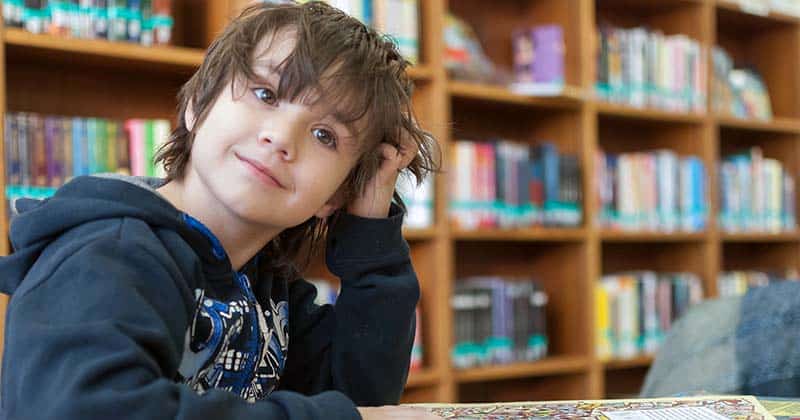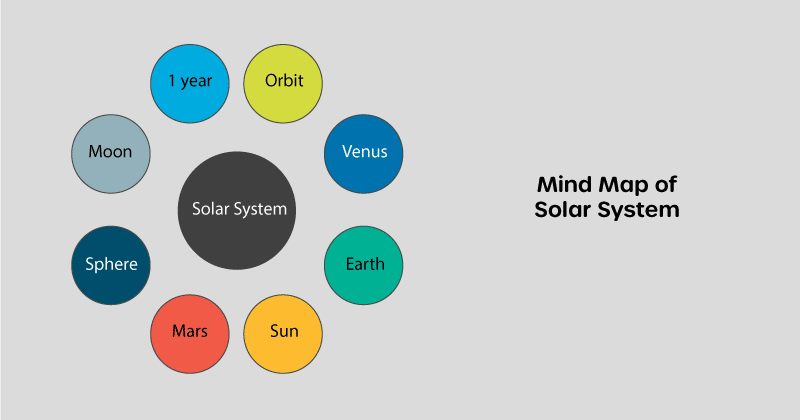Have you ever noticed that learning something new can seem quite simple at times but more difficult on other occasions? Often, access to prior knowledge, to what students already know, is the difference. By activating prior knowledge, teachers can make learning easier for students.
In this article, we’ll describe prior knowledge and why it might make learning new things quicker and more efficient. We’ll also look at some strategies and examples for activating prior knowledge by having students write down what they know or talk in a whole class discussion.
What is Prior Knowledge?

Prior knowledge refers to the information and educational environment that a student possesses before learning new material. An individual’s schema refers to their organization, storage and recall of prior information.
When students lack sufficient prior information, learning relies on building a schema from the ground up instead of using existing foundations. As a result, new learning can be challenging and exhausting. A learner’s ability to generate new information is ultimately hampered if they lack past knowledge.
As long as our prior knowledge is accurate and consist with new information, prior knowledge benefits the learning process. The more prior knowledge, the better.
Learning Lab
Taking advantage of existing knowledge before working on a topic can increase a learner’s comprehension and academic literacy. In a specific domain, activating prior knowledge relies on facts, rules and relationships between concepts.
Students’ prior knowledge has long been thought to be the most influential factor for academic learning and performance. Both information acquisition and the ability to use high-order cognitive problem-solving skills are positively influenced by the amount and quality of past knowledge.
Strategies to Activate Prior Knowledge
You can use strategies to activate prior knowledge or background knowledge deliberately. Indeed, any teacher should instinctively try to do this when introducing challenging new material. These are some well-established strategies for activating prior knowledge that can easily be modified and applied less formally if you want.
1. Anticipation guide

An anticipation guide is a set of ideas about a topic created by the teacher that students answer before learning or reading about the subject. They’re frequently set out as a list of assertions with which students must agree or disagree. This can be done verbally or in writing.
Teachers can use an anticipation guide to determine the main content on which students will focus during the class. It’s a good idea to have students examine their anticipation guides towards the end of each module to evaluate how their thoughts have changed.
2. Mind map classroom brainstorm

Here is a mind map brainstorm activity that you can do with the whole class or just individually. When you introduce a new topic that students have some familiarity with already, activate students’ prior knowledge with a mind map.
You’ll get the student(s) to create a mind map of concepts related to the topic. Follow these steps.
- Write down the concept, e.g. the “Solar System”, inside a circle on a whiteboard or large piece of paper.
- Around the circle, have students write down as many related terms and phrases as they can think of. For example, they might write Earth, sun, orbit, planets, one year, Mars and Venus.
- Limit the amount of time students have. This speeds up the pace and excitement of the activity.
- Keep the mind map visible in the classroom as you explore the main topic, adding new terms and facts as you go.
3. Concept maps

The next step up from a simple mind map is a concept map. Whereas a mind map is about presenting information visually, a concept map also tries to show relationships between elements.
A concept map is a visual representation of a structured overview. It is a representation of a topic’s essential terms and concepts. The subtopics are connected by lines, indicating their link to the main idea and to one another. The general main points are often in the center, with lines connecting the specifics or examples to these main points.
Such a diagrammatic presentation of a topic facilitates the integration of new information with students’ background knowledge. Teachers can use concept maps to present a topic, determine what learner’s know about the topic, and provide a foundation for further study.
4. Brainstorming related terms
A strategy to incorporate students’ prior knowledge in learning is to brainstorm related terms. This is an informal blend of the mind map and concept map approaches. Before formally studying a topic, the teacher (a) asks students to suggest terms that may come up and (b) as the terms are suggested, asks students to explain what those terms mean and how they relate to the parent topic.
You can see an example of this approach in the video above. The teacher is introducing a non-fiction text on endangered species as part of a guided reading class. Students are asked what terms may come up based just on the front cover of the book, suggesting words such as extinct, habitat and hunter. As a follow up, they’re also asked to clarify what the terminology means and how it connects to the endangered species theme.
5. Preparatory texts
Providing easy preparatory texts can be highly beneficial to establish reading confidence and build background knowledge. As a strategy to establish knowledge on the subject, teachers can present simplified texts that address subjects or ideas similar to those in more complicated works.
Examples of Activating Prior Knowledge
To explain how you might activate prior knowledge, let’s start with a couple of examples.
Example 1. Learning the meaning of “prior knowledge”
This article offers a good example in itself of using pre-existing knowledge. You might not have known the concept of prior knowledge beforehand.
But you would understand what the word “prior” means (before). And you know that “knowledge” is about information.
By attempting to decode and relate both words, you may quickly figure out what prior knowledge loosely means. Your initial concept is hopefully being refined as your brain processes the information you are reading.
If you didn’t know what either of those words meant before you found the article, you probably wouldn’t have made much progress yet. Looking up and understanding the words would have slowed you down from the start.
To help someone understand the meaning of prior knowledge, we can also use similar expressions, such as background knowledge, existing knowledge or even known information. The more we’re able to relate a new concept to what we already know, the faster and more accurately we assimilate that concept.
Example 2. Transferring Concepts Between Sports
Here is another example. Maureen is learning how to play soccer. She is already aware that basketball players have offensive and defensive responsibilities.
In soccer, the concept of offense and defense is a little different because teams have people who exclusively play offense and others who just play defense. Nonetheless, because she had some previous experience with this concept in the sport of basketball, her brain is able to relate it to the new concept in soccer.
Maureen’s learning and understanding of the sport of soccer is made easier because of her previous knowledge of basketball. She quickly adapts to running back and marking up players when asked to play defence. When moved into offence, she instinctively knows to try to create space between herself and opposition players.
Research on Prior Knowledge
With English language learners (ELLs) for example, Jana Echevarria and Deborah Short discovered that utilizing and building past knowledge is critical to enhancing educational proficiency.
According to Carnegie Mellon psychologists, learning anything new is easier when we can connect it to something that we already know; to our background knowledge.
Other research, such as the article “Prior knowledge activation: Inducing engagement with informational texts”, backs up the premise that prior knowledge activation is an important phase in the learning experience. Access to prior knowledge was found to be crucial to reading comprehension and the learning process.



Leslie
Wow! This was fascinating to me because I’m always trying to learn new skills for my personal growth. This has a lot of applications for helping me prepare based on my existing skills. I also think it will help as I volunteer to teach at my local church. I’m looking forward to more articles like this!
Greg Travis
I remember learning the brainstorming bubbles in school but I have found that concept maps work better and more effectively. You really end up saving time and coming to better conclusions. Especially when it comes to setting goals and reaching them. This was a long but very useful read. I am bookmarking the page.
Dina
This is fabulous. As a teacher, it’s my duty to teach the best way possible. Adding it to my classes will be great. The concept of prior knowledge is super exciting. With this, the interaction with the students will produce a learning boost. Really awesome article, superb.